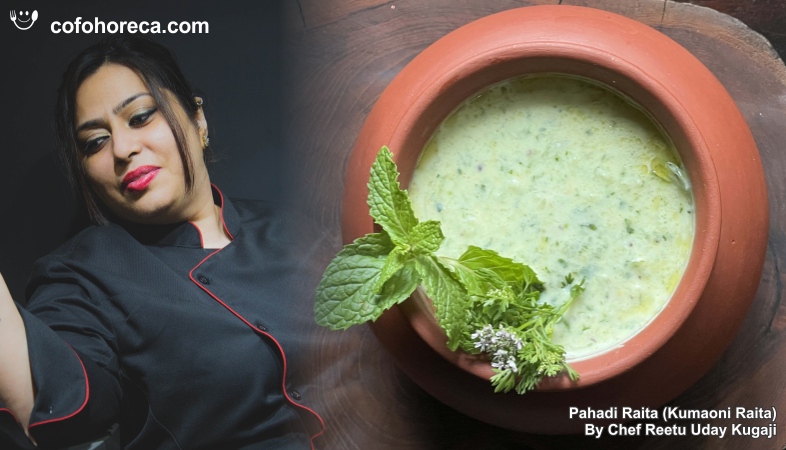The Influence of Asian Confectionery on Western Candy Trends
Asian confectionery is leaving a lasting mark on the way Western markets approach sweet treats.
The global confectionery industry is undergoing a transformation, driven by evolving consumer preferences and cross-cultural influences. One of the most significant trends in recent years has been the increasing impact of Asian confectionery on Western candy markets. From Japanese mochi and Thai milk tea-flavored sweets to Korean honey butter almonds, Asian flavors, textures, and presentation styles are reshaping the way Western consumers experience candy.
One of the biggest influences of Asian confectionery is the use of unique textures. Unlike traditional Western candies that focus on crunchiness or chewiness, many Asian sweets emphasize soft, chewy, or layered textures. Mochi, a Japanese rice cake made with glutinous rice flour, has seen a surge in popularity across the West, often paired with ice cream to create a fusion dessert. Similarly, boba pearls from Taiwanese bubble tea have inspired candy manufacturers to incorporate chewy tapioca-like textures in their products, giving rise to boba-filled chocolates and gummies.
Asian confectionery has also introduced a broader spectrum of flavors to Western candy markets. While Western candies have long been dominated by chocolate, caramel, and fruit flavors, Asian sweets have expanded the palate with flavors like matcha green tea, black sesame, red bean, and yuzu citrus. Matcha-flavored KitKats, originally a Japan-exclusive treat, have gained immense global popularity, demonstrating the growing demand for sophisticated, tea-infused sweets. Meanwhile, Korean dalgona, a honeycomb toffee that gained fame through social media, has inspired Western brands to experiment with caramelized sugar flavors in new and creative ways.
Another defining feature of Asian confectionery is the balance between sweetness and savory elements. Unlike traditional Western candies that often prioritize sugar-forward profiles, many Asian sweets incorporate umami or lightly salted components. The global rise of sea salt chocolate, influenced by Asian snack culture, is a prime example. Korean honey butter almonds, combining the richness of butter with a touch of sweetness and salt, have also become a sought-after snack worldwide. This trend reflects a growing preference for more complex and layered taste experiences rather than overly sweet confections.
Packaging and presentation have also played a crucial role in the crossover of Asian confectionery into Western markets. Many Asian candies come in aesthetically pleasing, individually wrapped portions, catering to the growing consumer interest in convenience and portion control. The playful and colorful packaging of brands like Pocky and Hi-Chew has appealed to younger audiences, driving their popularity in global markets. Seasonal and limited-edition flavors, a hallmark of Asian confectionery, have also influenced Western brands to adopt similar marketing strategies to create a sense of exclusivity and excitement.
Social media and pop culture have further accelerated the fusion of Asian and Western confectionery trends. Viral food trends from Japan, South Korea, and China have introduced Western audiences to new types of sweets, leading to increased demand and innovation. Platforms like TikTok and Instagram have played a key role in popularizing unique treats such as fluffy Japanese soufflé pancakes, trendy taiyaki ice cream cones, and aesthetically pleasing raindrop cakes. Western confectionery brands have responded by incorporating these elements into their own product lines, blending familiar formats with novel flavors and textures.
As Western confectionery continues to evolve, the influence of Asian sweets is expected to grow even further. The increasing global interest in healthier and more natural ingredients, combined with a desire for new taste experiences, makes Asian-inspired candies a perfect fit for modern consumers. Whether through innovative textures, bold flavors, or visually appealing packaging, Asian confectionery is leaving a lasting mark on the way Western markets approach sweet treats. This cultural exchange is not only redefining candy trends but also highlighting the power of food as a universal bridge between traditions and innovation.
.png)




























